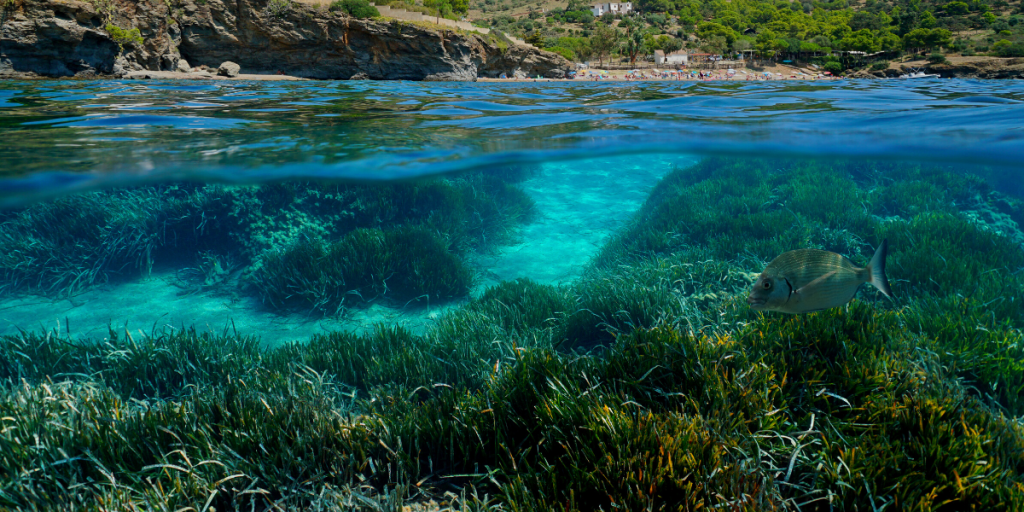As the world is struggling with the adverse effects of climate change, scientists are exploring innovative ways to mitigate the issue. Among several proposed solutions, one natural process that has caught the attention of researchers is the ability of seagrass beds to absorb and store carbon from the atmosphere. Seagrass beds are underwater meadows found in shallow, calm waters of the ocean. These beds play a crucial role in the marine ecosystem and provide numerous benefits, including carbon sequestration.
Seagrass beds can absorb and store carbon from the atmosphere up to 35 times faster than tropical rainforests through the process of photosynthesis and organic compound storage.
Seagrass beds are remarkable for their carbon storage ability, making them a critical element in the fight against climate change. They can absorb and store carbon from the atmosphere up to 35 times faster than tropical rainforests. Carbon is absorbed through photosynthesis, a process that uses sunlight to convert carbon dioxide into oxygen and organic compounds. The organic compounds are stored in the roots and rhizomes of the sea grasses, which can persist for centuries or even millennia. This process helps to reduce the amount of carbon dioxide in the atmosphere, a significant contributor to global warming.
Seagrass beds provide numerous benefits to the marine ecosystem, including habitat and shelter for marine species, coastal erosion prevention, and water quality enhancement through pollutant and nutrient filtration.
Moreover, seagrass beds provide various ecological services that make them an essential part of the marine ecosystem. They offer habitat and shelter for countless marine species, including fish, crustaceans, and endangered sea turtles. They also prevent coastal erosion by stabilizing sediment and reducing the effects of waves and tides. In addition, seagrass beds enhance water quality by filtering pollutants and excess nutrients from the water, which is critical to the survival of marine life.
Seagrass beds are facing significant threats from human activities, including coastal development, pollution, and climate change, which can lead to severe consequences such as the release of carbon stored in the soil and decreased fish populations.
Despite their ecological and economic importance, seagrass beds are facing significant threats from human activities. The destruction of seagrass beds has become a global problem, mainly due to coastal development, pollution, and climate change. The loss of seagrass beds can lead to severe consequences, including the release of carbon stored in the soil, reduced water quality, and decreased fish populations.
They are an incredible natural solution to combat climate change.
Reflecting on the significance of seagrass beds, it’s remarkable to think that these underwater meadows play such a crucial role in mitigating climate change. Their ability to absorb and store carbon from the atmosphere is unmatched by any other terrestrial or marine ecosystem. Moreover, they provide essential ecological services that benefit the marine ecosystem and human society. It is vital that we protect and conserve these habitats to maintain a healthy and sustainable planet. By recognizing the critical role of seagrass beds, we can work together to mitigate climate change and preserve our oceans’ health for future generations.
Want to learn more?
Read: The Importance of Seagrass Meadows
This month we are focusing ‘unlovable’ species that are vital to the health of our oceans but aren’t typically loved like dolphins or turtles.


